Japan is a destination unlike any other. With such a diverse range of attractions ranging from futuristic cities to old temples, unique cultural experiences and traditional tea ceremonies, Japan offers a variety of travel experiences that are unmatched.
*This post may contain affiliate links, as a result, we may receive a small commission (at no extra cost to you) on any bookings/purchases you make through the links in this post. As an Amazon Associate, we earn from qualifying purchases. Read our full disclosure
However, there’s so much about Japan that is completely unique and foreign to many travellers.
For first-time visitors, everything from access to wifi to getting around by public transport will take some getting used to. Plus, there’s a certain level of respect, politeness, and cleanliness that is unique to Japan, with some quirky etiquette tips to be aware of before visiting.
After spending several weeks exploring Japan, we’ve come up with an extensive list of the most important travel tips. This list of the best Japan travel tips includes all the up-to-date information you’ll need to plan your amazing trip to Japan.
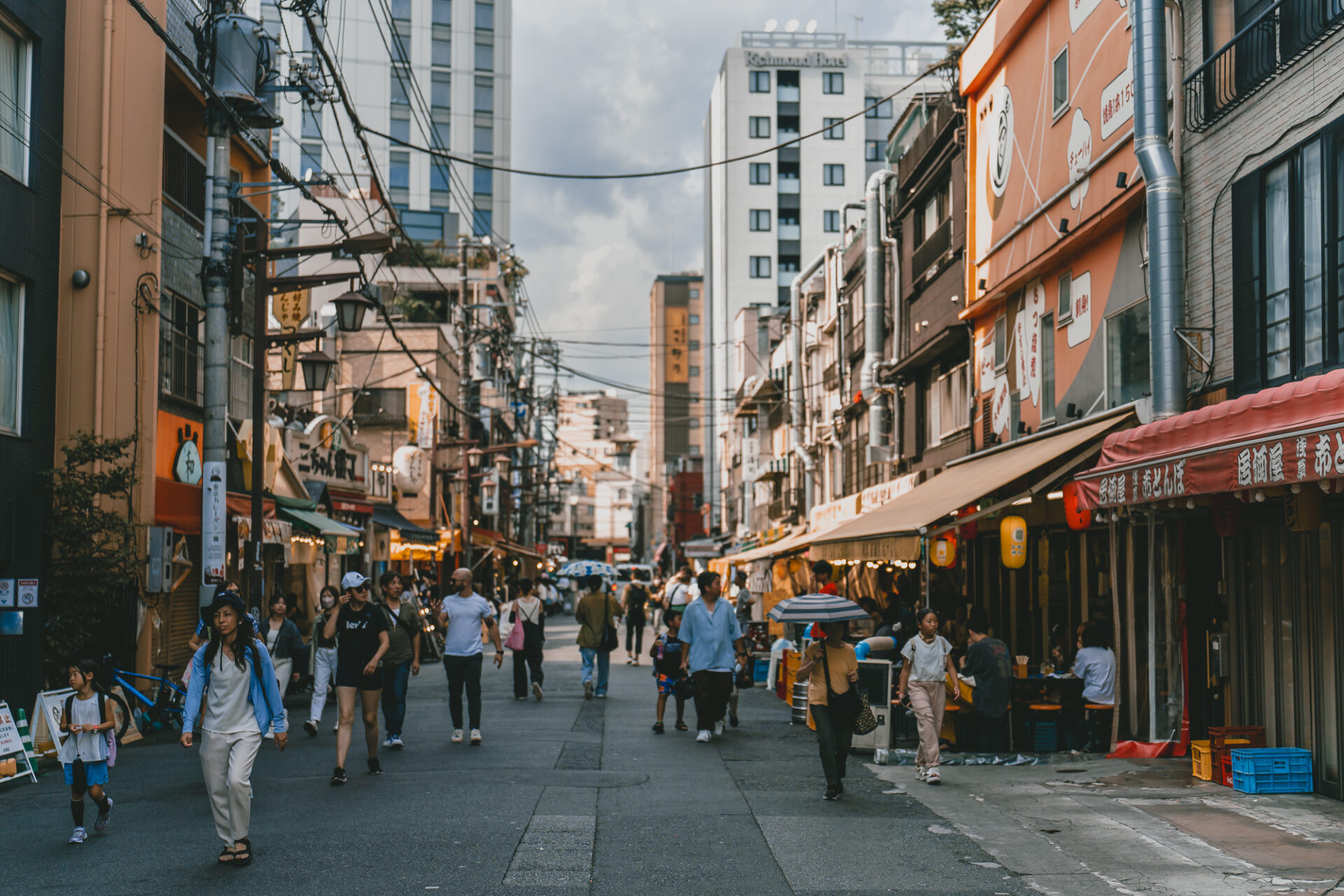
Traveling Soon? Here is a list of our favourite travel providers and accessories to help get you ready for your upcoming trip!
Before You Go
If you’re planning your Japan trip, here’s everything you need to know before you go.
1. Where to Go
Tokyo, Kyoto and Osaka are Japan’s most well-known cities. Tokyo is the busy capital on the east coast of Japan and is where most travellers begin and end their trip to the country. Arrive at Tokyo Haneda Airport or Narita International Airport and explore from there.
Kyoto and Osaka are easy to visit by bullet train. From there, you can also explore the southern part of Japan.
While we highly recommend visiting one or two major cities on your trip, getting off the beaten track is very rewarding in Japan. Head outside of the city to explore some of the country’s vast landscapes and traditional Japanese culture that are quickly disappearing from urban areas.
From Tokyo, visit the adventure capital of Minakami in Gunma province, or head further north to Hokkaido filled with volcanoes, wildlife, and world-class skiing. In the south of Japan, explore the hidden gem of Kuma Valley on the island of Kyushu for somewhere off the tourist radar.
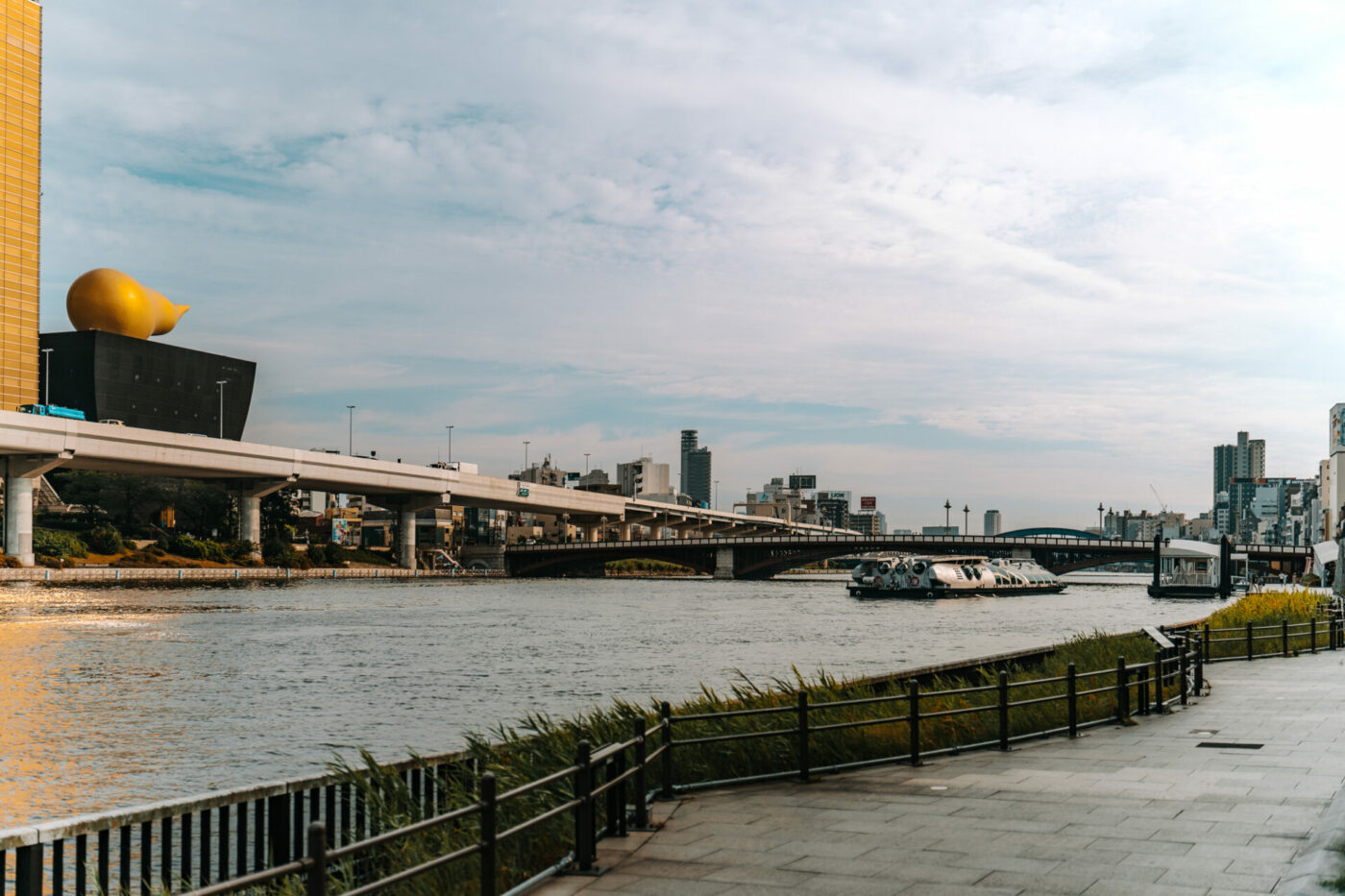
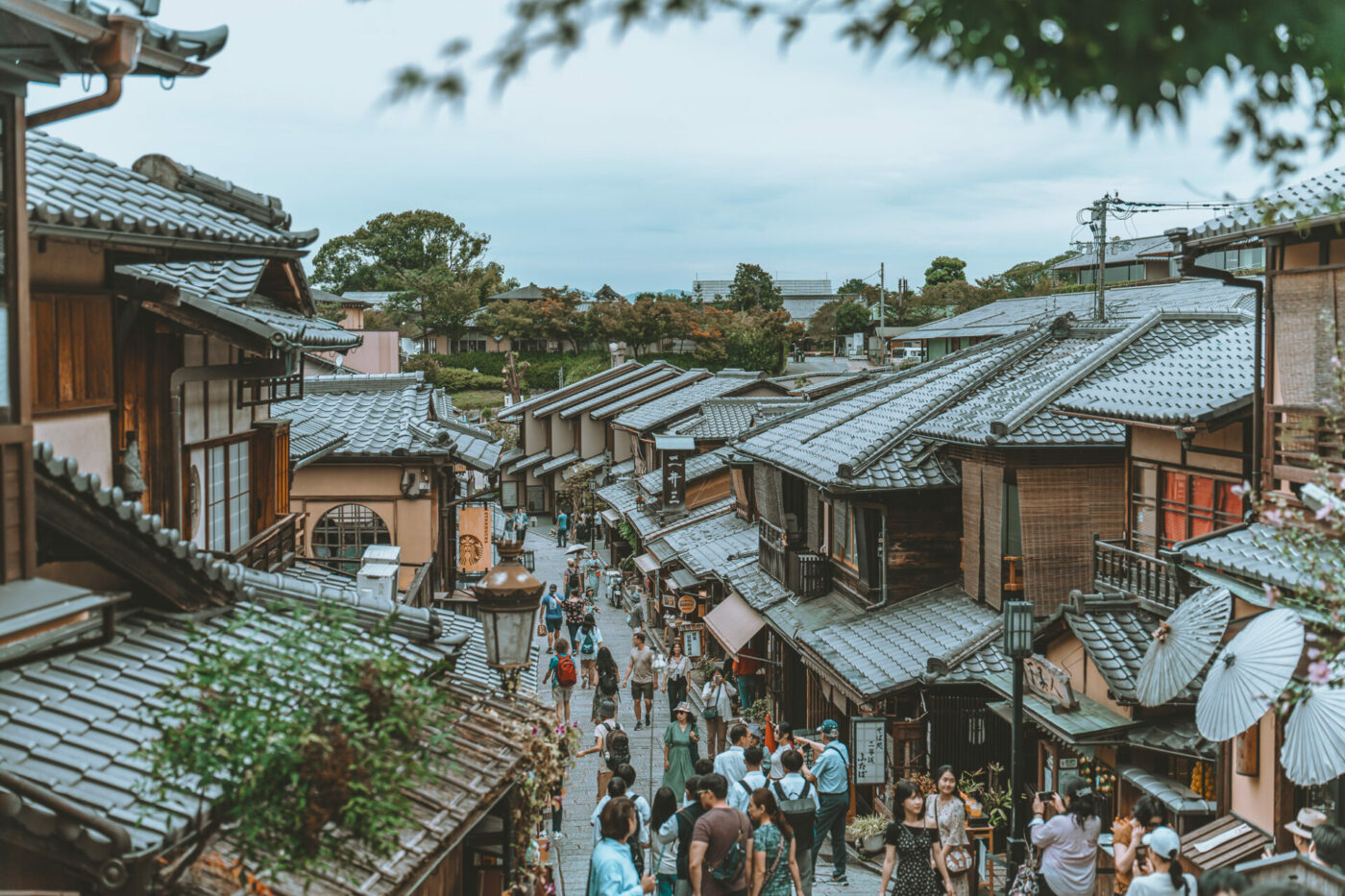
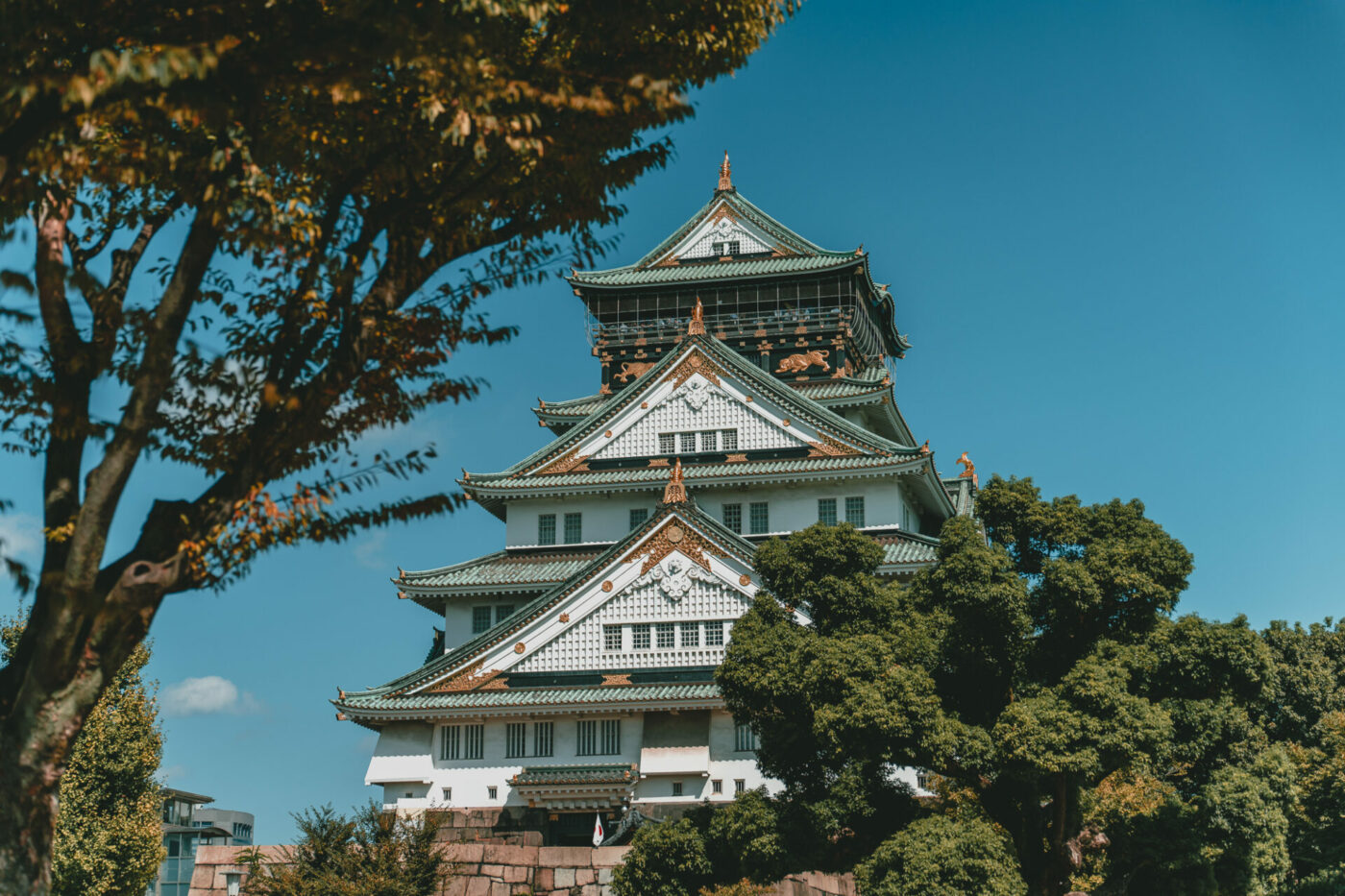
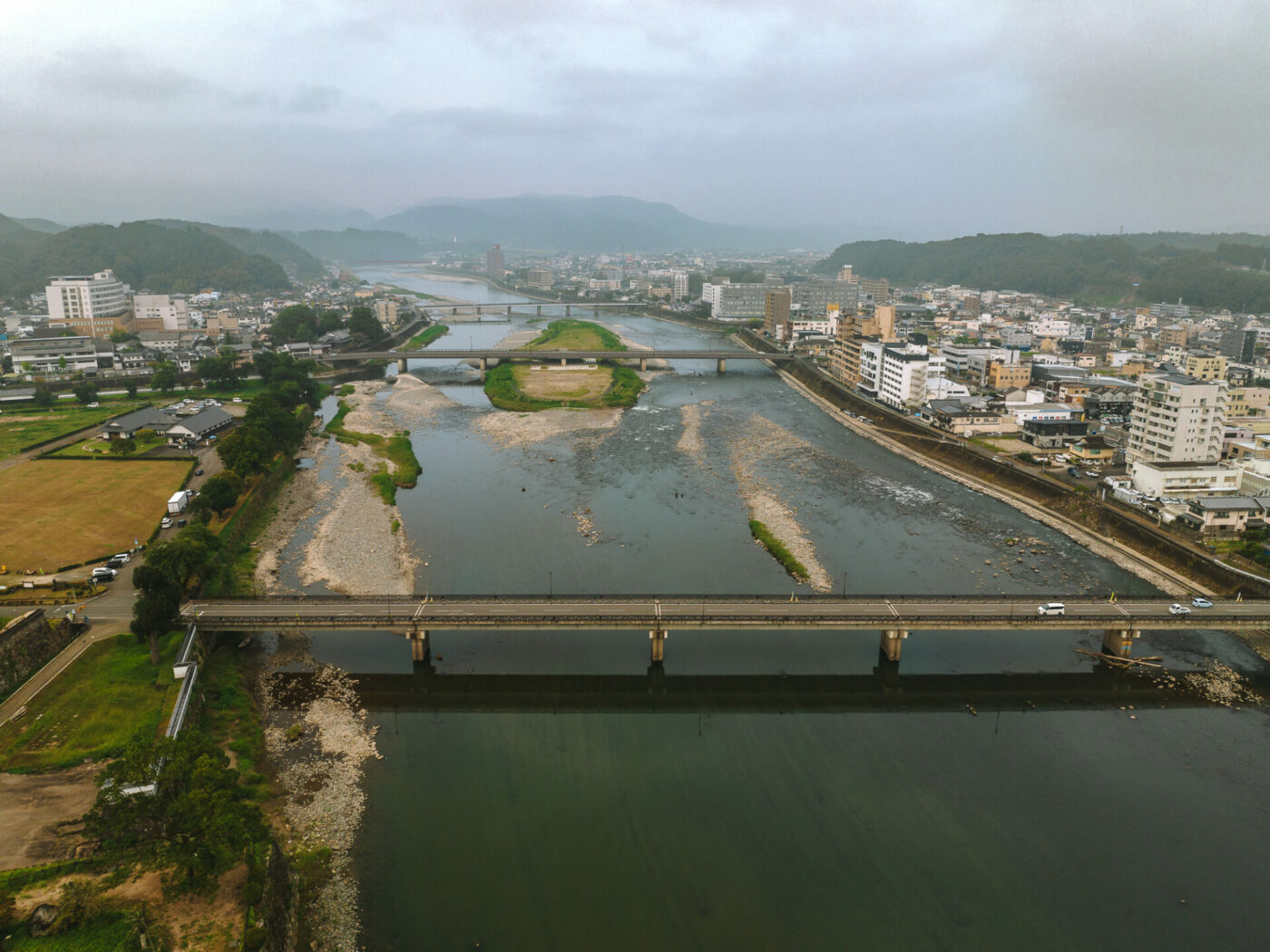
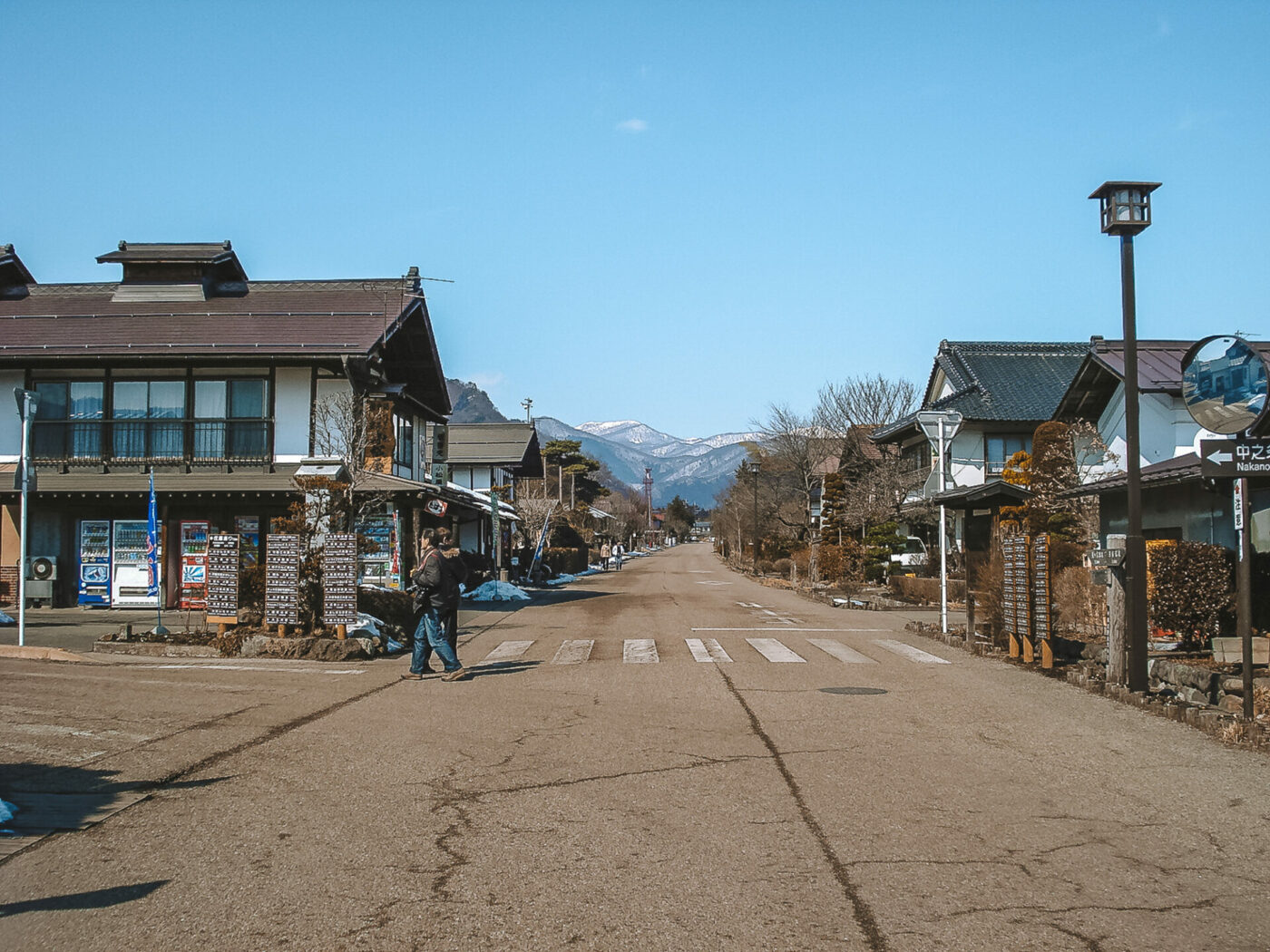
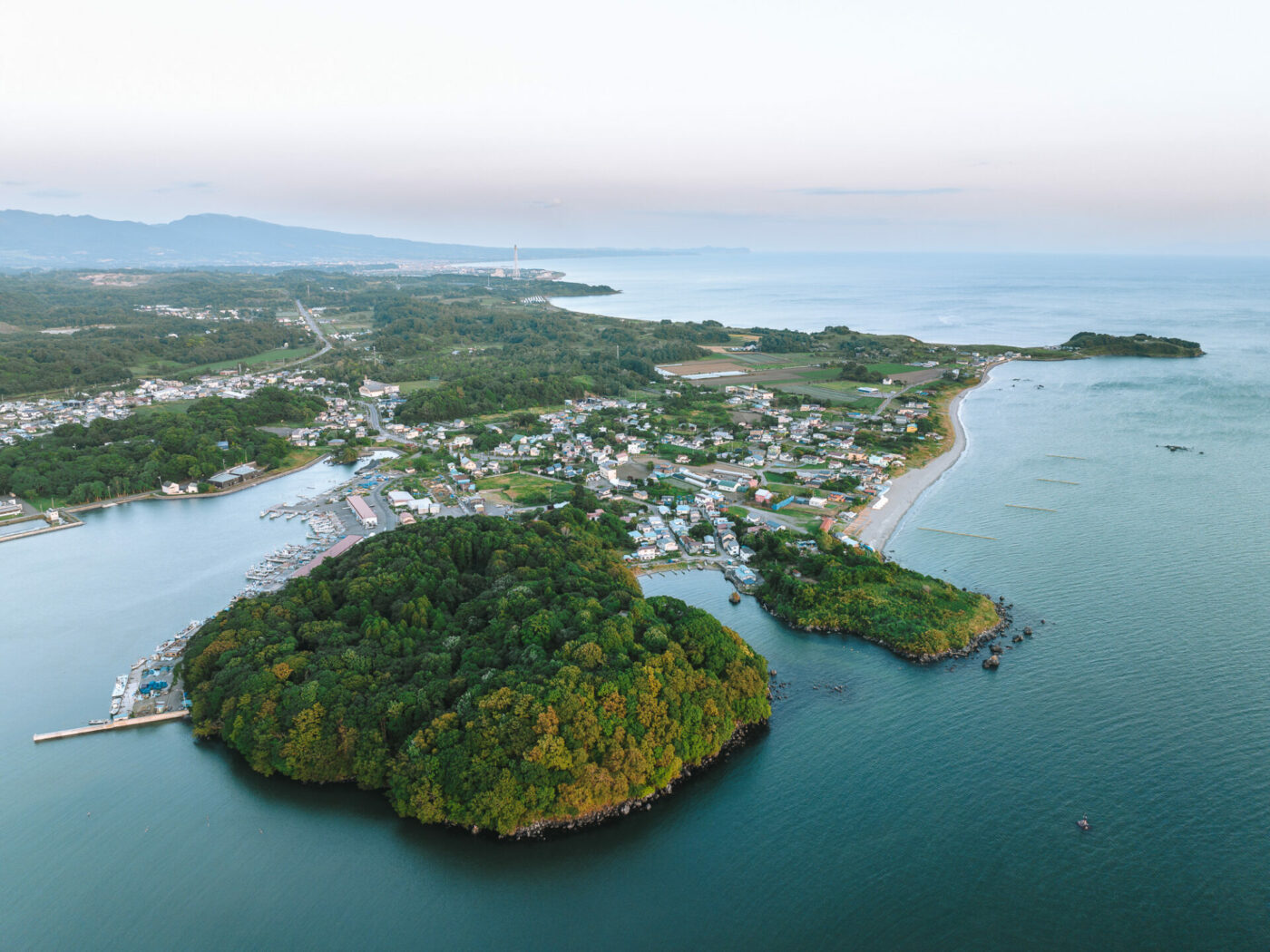
2. Best Time to Go
You can visit Japan at any time of the year, with pros and cons for every season. It all depends on what you plan on doing and seeing in the country and whether you prefer to avoid the crowds.
It’s generally agreed that spring and fall are the two best seasons for visiting Japan.
Spring is high season as the cherry blossoms bloom around the parks and temples, and tourists flock to capture these beautiful pastel colours against the old Japanese architecture.
Fall is also a popular time to visit, as the falling leaves and fall foliage make for similarly beautiful photos around the national parks and gardens in the cities. The weather is usually mild for exploring outdoors.
However, you’ll have to contend with crowds, high prices, and booking ahead for most accommodations during these months. If you want to avoid the business, then one of the best Japan travel tips is to visit during low season.
Winter brings world-class skiing, while summer is when you can experience some of the biggest cultural festivals.
Summer is considered low season for tourism, as the weather can be quite hot and unbearable. But there are plenty of interesting things happening in Japan over the summer months. Gion Matsuri, the festival of Yasaka Shrine, runs over the entire month of July in Kyoto, and the Tenjin Festival is in the middle of summer in Osaka with fireworks and processions on the second day of celebrations.

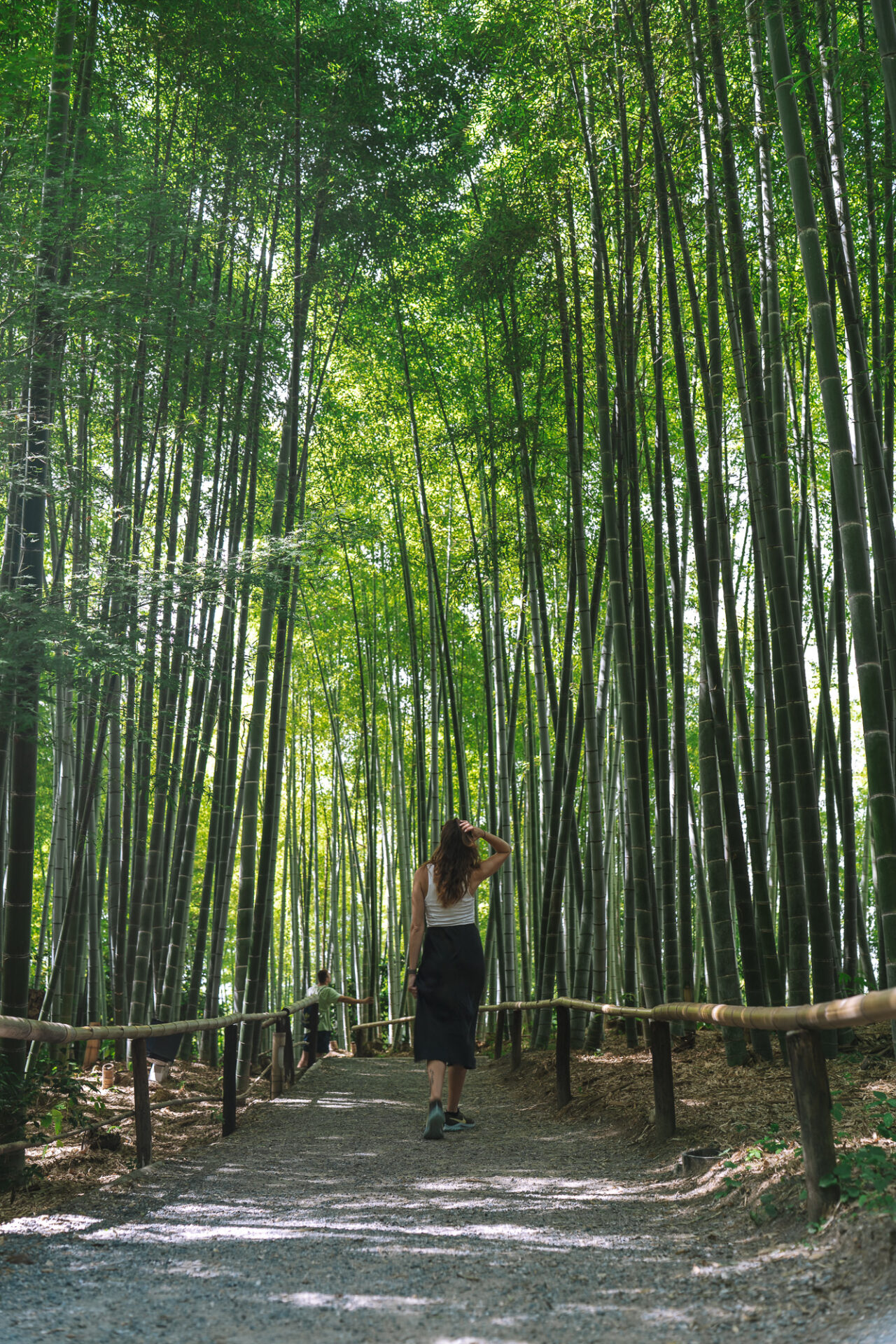

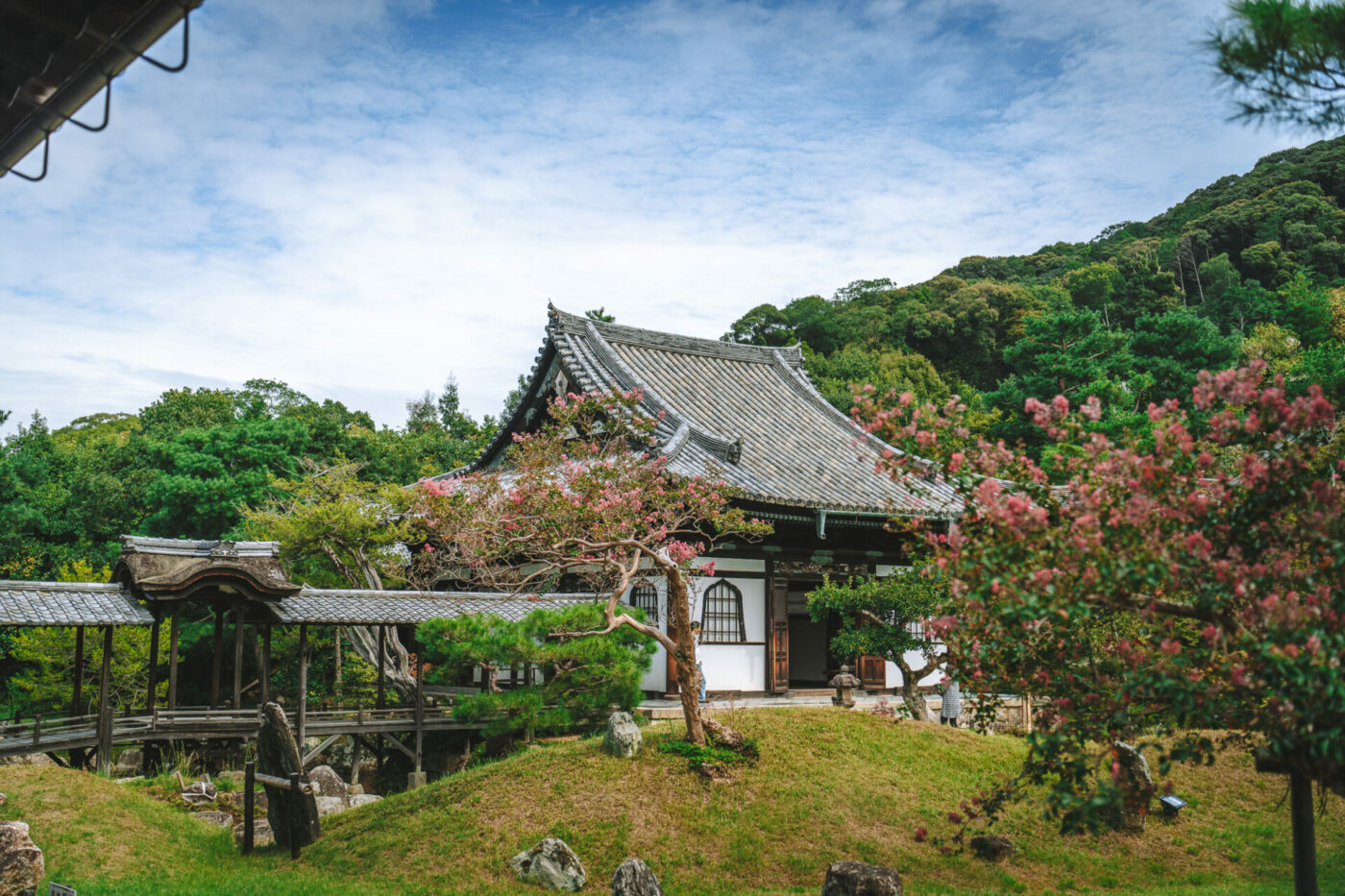
3. Get the Right Visas and Documentation
Citizens of nearly 70 countries can enter Japan without needing a tourist visa for up to 90 days. All you need is a valid passport and two blank pages for stamping. This includes most European countries, Australians, Americans, Canadians, and others.
If you plan on renting a car, you must hold a valid International Driver’s Permit, which you can get prior to leaving your home country. You can not get it upon arrival in Japan, so add this to your pre-departure checklist.
4. Learn a Bit of Japanese
There’s a big language barrier in Japan as English is not as widely spoken as you might expect. It’s really polite to learn a few basic Japanese words such as thank you, sorry, please, and hello, as well as a few phrases to help you order food and pay your bill.
If you’re exploring off the beaten track outside one or two cities, then download the Google Translate App for offline use so you can converse with locals when needed.
Basic words and phrases to learn include:
- Hello: Konnichiwa
- Goodbye (when going away for a long time or not coming back): Sayōnara
- Thank you: Arigatō gozaimasu
- I don’t understand: Wakarimasen
- I don’t speak Japanese: Nihongo ga hanasemasen

5. Currency and Money
The Japanese currency is the yen. Bills come in 1,000 yen, 2,000 yen (very rare), 5,000 yen and 10,000 yen denominations. Coins come in 1 yen, 5 yen, 10 yen, 50 yen, 100 yen and 500 yen denominations. You’ll need to have Japanese yen to pay for everything in Japan, as foreign currency is not accepted anywhere outside of the international airports.
Japan still has a cash-based economy, so always carry some cash. You’ll find that many bars, restaurants, and even tourist attractions only accept cash. Although more and more accept credit cards too – you don’t want to be caught out without cash.
You can easily withdraw cash from ATM machines using your EFTPOS or credit card from home. The best place to withdraw money are, surprisingly, 7-Eleven and other convenience stores and Post Offices. Just be prepared for international transaction fees if you’re using your own bank card rather than an international travel card.

6. Get Travel Insurance
We don’t travel anywhere without travel insurance, and we hope you don’t either. We’ve learned the hard way that travel accidents happen when you least expect them, so you’ll want to be prepared with good travel insurance to cover additional expenses incurred.
Don’t leave your home without Travel Insurance!
From the US? We recommend Allianz Travel Insurance, a world leader in travel protection and our trusted Travel Insurance partner for the last 5 years. Allianz offers Single Trip and Annual Travel Insurance Policies that include medical coverage, trip cancellation, rental car insurance and more! (Benefits vary by state and by plan, so read your policy carefully!)
Not a US resident? Consider Safety Wing, a budget friendly travel insurance provider with travel insurance plans for Digital Nomads and travelers from all around the world
7. Note on Vaccinations
While vaccinations are not required to enter Japan, it’s recommended to have the following vaccines up to date:
- Japanese encephalitis
- Hepatitis A and B
- Chickenpox (Varicella)
- Diphtheria-Tetanus-Pertussis
- Flu (influenza)
- Measles-Mumps-Rubella (MMR)
- Polio
8. Get an eSim Before You Arrive
To reduce your hassles on arrival, organize a prepaid travel eSIM, which can keep you connected throughout your Japan trip. An eSim is a brilliant travel hack – as it allows you to have an international sim card without removing your home sim. You can buy a package online, scan an activation code and have the eSim set up on your phone within minutes.
There are lots of eSim providers on the market, but we recommend either Holafly or Airalo. Grab a package with 5-10GB (depends on your sufring needs), set it up before you leave for Japan and have a connection the minute you arrive to navigate from the airport and while exploring the cities.
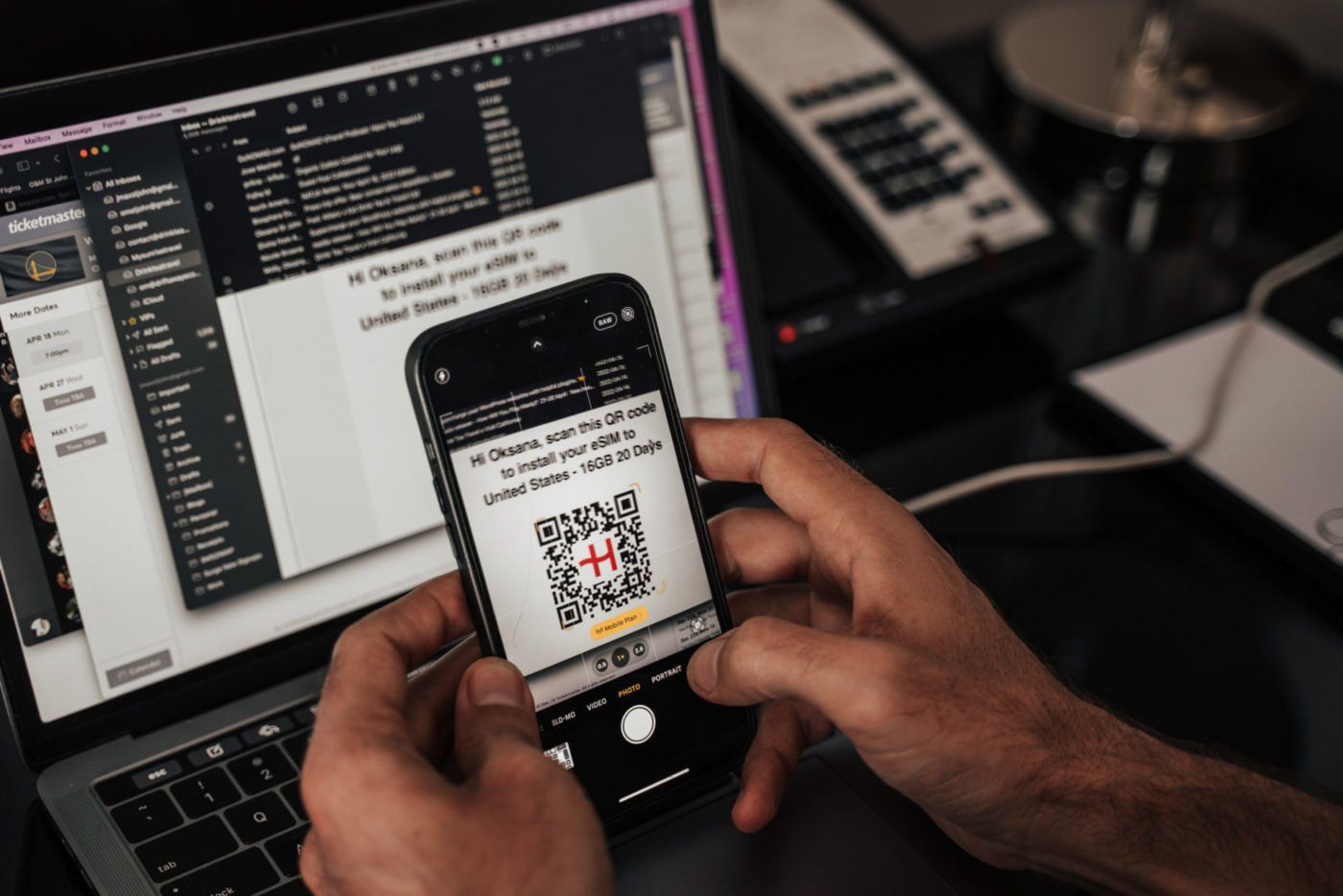
9. Book Accommodation in Advance
During the popular seasons in Japan, like spring and fall, it’s ideal to book accommodation in advance to ensure you get the places you want. There’s a range of accommodation available, from hotels to traditional ryokans, which both offer an insight into the local culture in different ways.
Hotels
You’ll find hundreds of hotels dotted around every city. Options are plentiful and most, even the ones on the lower end, offer clean and comfortable accommodations. Popular hotel chains like APA are reliable and found in most major cities. They are affordable but very small.
If budget allows, splurge for a bigger room, or even better, for a smaller more environmentally friendly boutique hotel to reduce your impact on the environment.
Solo travellers might enjoy staying in one of the unique capsule hotels with pod-like rooms. We found these to be unsuitable for us, as a couple but great for solo budget travellers.
Ryokans
A trip to Japan is not complete without a stay in a traditional Japanese inn (ryokan). Ryokans are more often found in the countryside in rural towns or on the outskirts of big cities. They are particularly common in hot spring towns.
A stay in a ryokan allows you to experience traditional lifestyle and architecture, including tatami rooms, futon beds, and Japanese cuisine. Just ensure you brush up on Japanese etiquette for ryokans before staying.
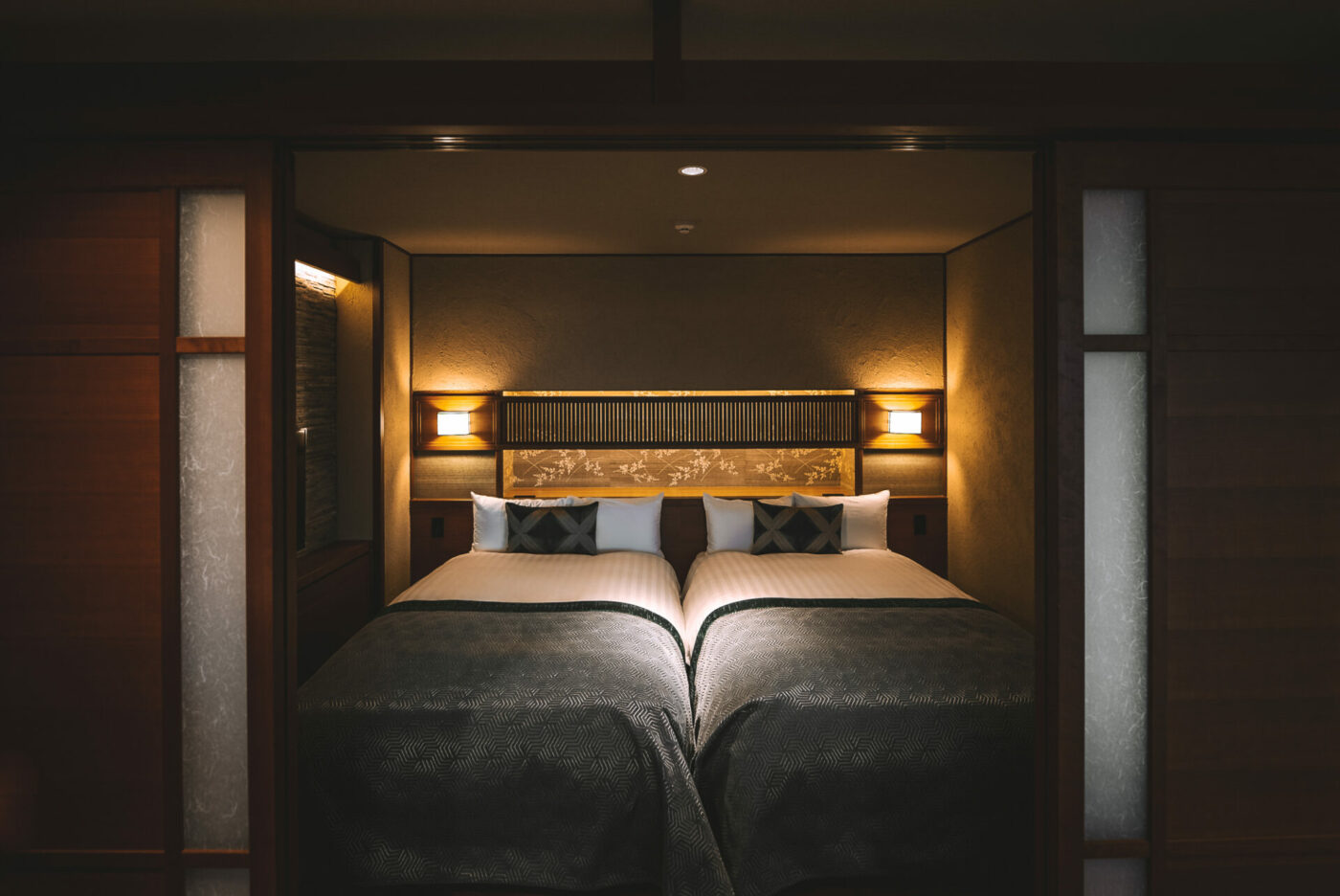
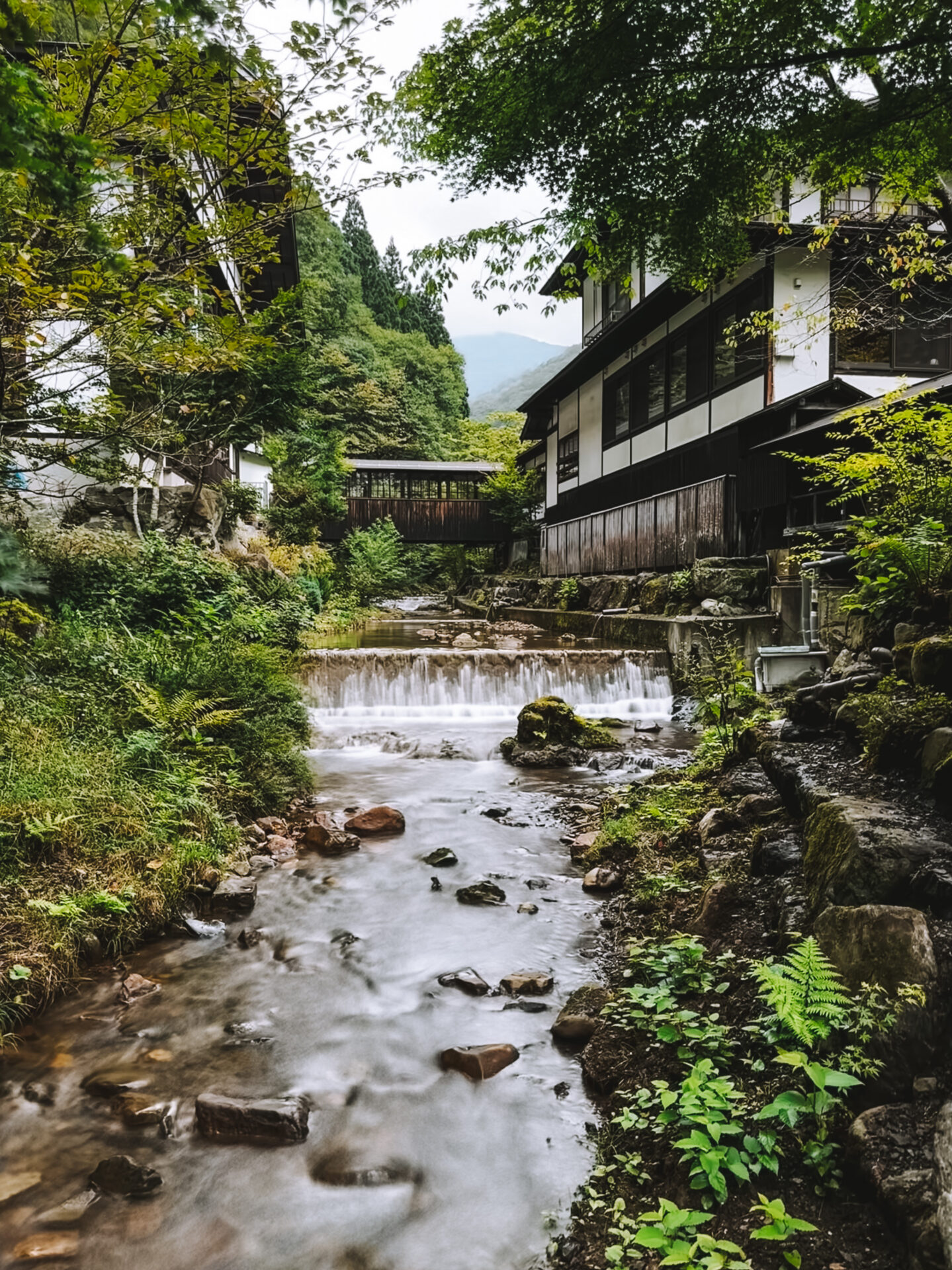
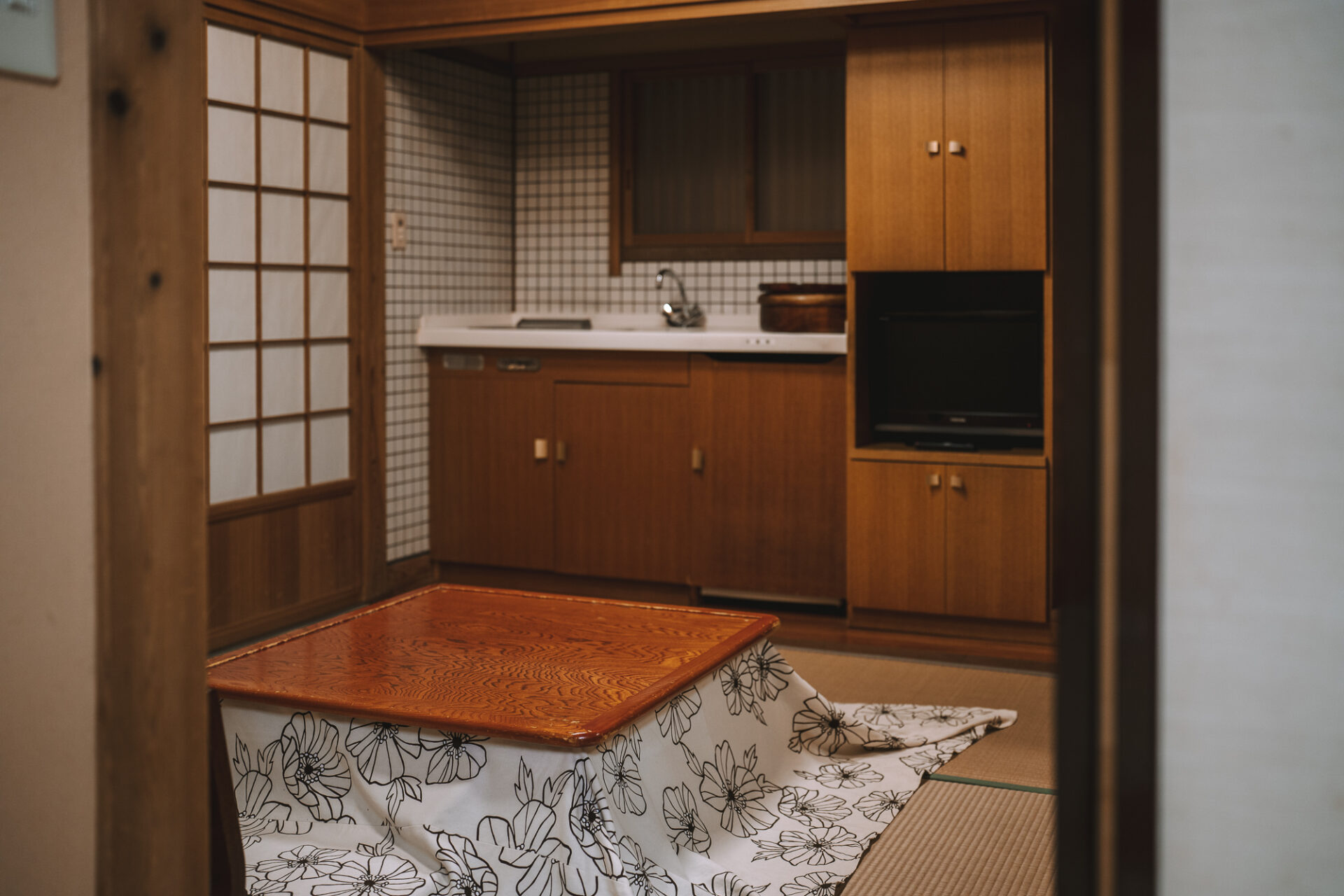
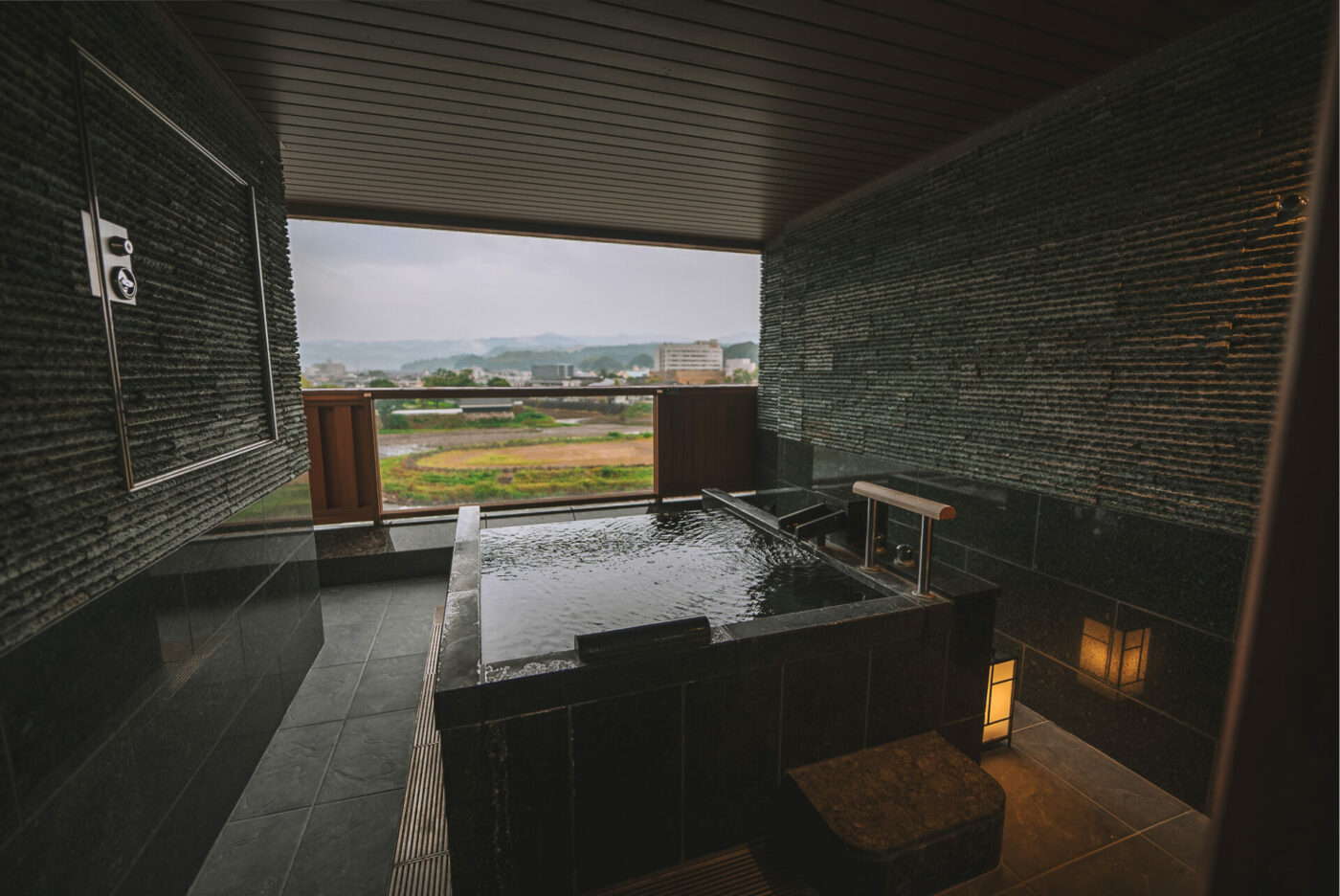
READ NEXT: Staying At Hoshi Onsen Chojukan Ryokan, Gunma, Japan
Alternative accommodation
You can also opt for alternative places to stay like Airbnb places or camping out in the countryside.
Some campgrounds are free, while others charge per person or per site. They’re a great way to experience the national parks and natural environments of Japan. While Airbnb offers completely unique accommodations from cabins in the woods to whole holiday houses in the mountains.
While in Japan
Here are some more Japan travel tips for while you’re in the country and trying to navigate between cities and around the culture of a foreign country.
10. Best Way to Get Around Japan
There are plenty of transport options to wrap your head around when planning a trip to Japan. If you want to stick to public transport rather than domestic flights, you can opt for trains and buses for long distances, and city transport like subway systems to move short distances.
Otherwise, for those preferring to get off the beaten track and cover a lot of ground in a short time, renting a car can also be a good way of moving around.

Trains and Japan Rail Pass
Bullet trains are iconic in Japan and almost everyone wants to ride one at least once during their time in the country. The train network is definitely the most efficient way of travelling between cities, with a variety of trains, departure times, and prices to suit a range of travellers.
If you plan on travelling to multiple regions in Japan, consider getting a Japan Rail Pass, which allows unlimited rail travel (with some exceptions to the kinds of trains you can use) for one or more weeks.
However, there has been a massive price increase on JR Passes at the end of 2023, which makes the JR Pass almost not worth getting unless you plan on travelling between cities a lot in a short amount of time. You can use this JR Pass calculator to work out whether getting a Japan Rail Pass will be worth it for your trip.
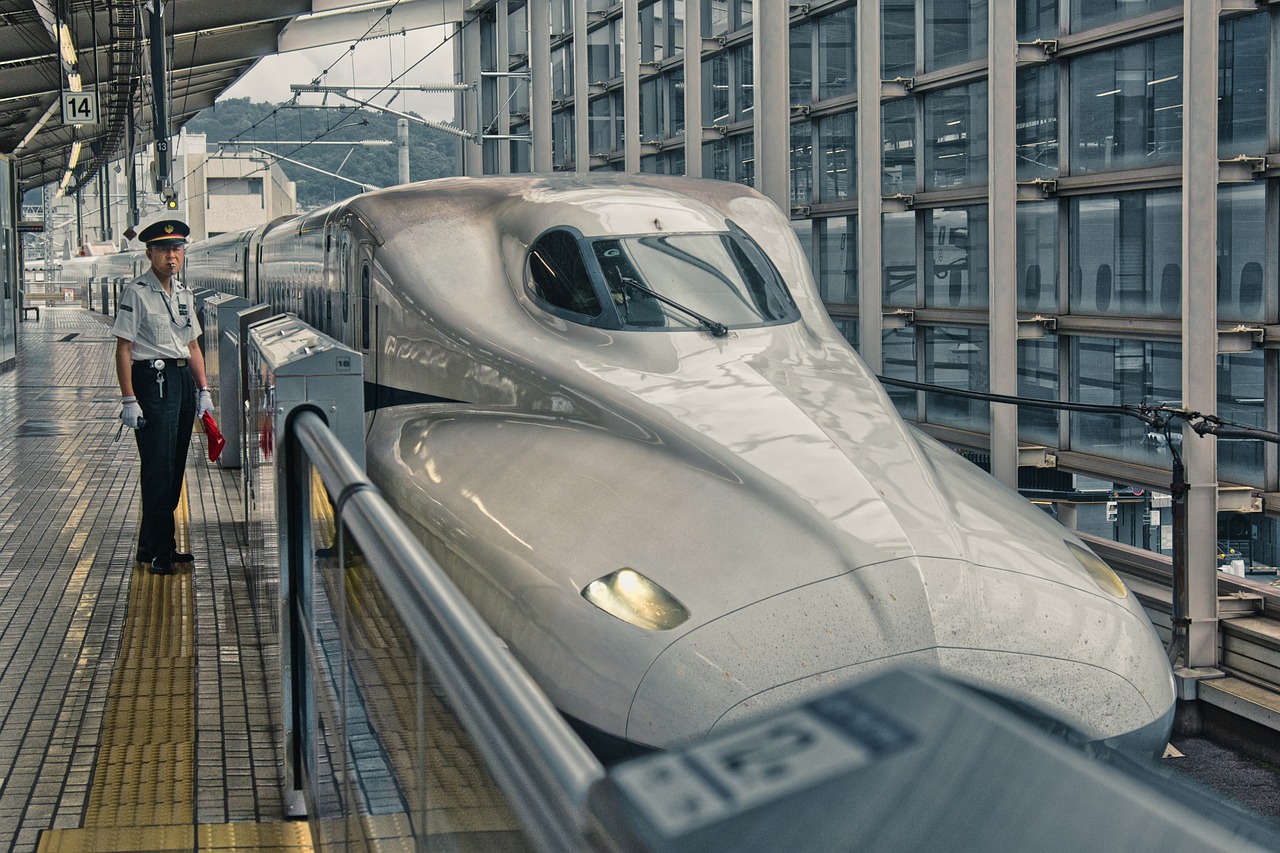
Buses
While slower than trains, buses can cost less than half, especially on busy routes where discount fares can be incredibly low. Overnight buses can be ideal for budget travellers looking to cut down on overall daily costs.
You can also get a Japan Bus Pass by Willer Express, which can be used on overnight and daytime long-distance buses for three, five or seven days of your choice within two months from purchase.
Subways and Urban Transport
Within cities like Tokyo and Kyoto, you can use a combination of subway stations and public buses.
To get around inside cities, we recommend purchasing a prepaid IC card, like Suica or similar. You can top up the card at any train station and use it on public transport throughout Japan.
While some of these cards don’t always work out much cheaper than purchasing individual trip passes, it can save time at train stations and standing in line at ticket machines. You can purchase these rechargeable cards at a vending machine in most convenience stores and stations.
There are different types of IC cards for each city area. For example, the Suica card is for JR trains when visiting Tokyo, while Icoca is for JR trains in Osaka and Kyoto.

Renting a Car
For ultimate freedom, consider renting a car, especially if you plan on exploring outside of the main cities.
Having a car allows you to explore freely between cities and out into more remote areas, including national parks and wilderness spaces. However, a downside is that traffic in large cities tends to be heavy, and parking can be inconvenient and expensive.
You’ll need an international license to rent a car in Japan, so ensure you organise this before arriving in the country.
We found car rental in Japan to be a very well-organized and straightforward process. You can book a car in advance using Japan’s leading car rental companies like Toyota Rentacar, Nippon Rentacar, Orix Rentacar, Times Car Rental, Nissan Rentacar and Ekiren. Prices start from around 5,000 yen per day for a small car, which is perfectly suitable for navigating most areas in Japan.
Rideshare
Uber can be found in Japan, although only in big cities. It’s not widely used by locals because the train system is so convenient, so we only used it a handful of times throughout our travels in Japan.
We used Uber for airport pickup and dropoff, as well as to get to our accommodation when dragging heavy bags up and down the stairs in Kyoto, just felt a bit too much.
Uber fares are generally cheaper than taxis. A downside to Uber is that there aren’t as many drivers compared to North America, so you often end up waiting longer than if you flag a taxi.
11. Understanding Cultural Etiquette
Japan has a vastly different culture from almost anywhere else in the world. As a visitor, you’re not expected to know all the rules, but it’s helpful to understand basic etiquette so you don’t offend anyone.
Here are the most important cultural etiquette tips to remember when visiting Japan.
- Practice bowing respectfully: In Japan, people greet each other by bowing. A bow can range from a small nod of the head to a deep bend at the waist. If the greeting takes place on the tatami floor, people get on their knees to bow. Bowing is also used to thank, apologise, make a request or ask someone a favour.
- Shoes off indoors: It’s generally expected that people take their shoes off indoors, especially in traditional accommodations, people’s homes, historic sites, and temples, so always do as the locals do and leave your shoes outside.
- Silence in public places: You’ll notice that many public places are quiet when visiting Japan. There’s often little noise, so don’t create any boisterous sounds or loud noises in public.
- Queueing (waiting in line): Japanese people are very polite, especially when it comes to queues. No matter what time it is, there are very few line jumpers, complainers, or people breaking rank, and it’s expected that everyone is patient, even during rush hour.
- No tipping: You shouldn’t tip while in Japan. It’s not really part of the culture and will not be expected. If you do tip, you’ll find yourself in an awkward situation as the person will try and return your money to you.
- Proper use of chopsticks: Practice using chopsticks before visiting Japan. Chopsticks are a very common utensil used widely in Japan. While many restaurants in touristy areas do also offer forks and knives, this is not the case when dining in small restaurants in remote areas. Learn how to use them and remember a few simple rules. Never spear your food with chopsticks or put your chopsticks facing up in a bowl. These gestures are reminiscent of funerary rites and are seen as offensive.
- Photography etiquette: Avid photographers will want to be mindful when taking photographs in the streets and around people. Japanese people are quite shy and it’s rude to take their picture without asking permission first. You should also ask permission before taking photographs of people’s shops or products for sale.
- Eating etiquette in public: It’s considered rude to walk and eat at the same time or eat on public transport. Allow time to sit down at a cafe or restaurant to eat rather than grabbing something on the go.
- Money etiquette: Don’t directly hand someone cash when paying for something; always put it in the tray that’s at the counter and wait to receive your change in the same tray.
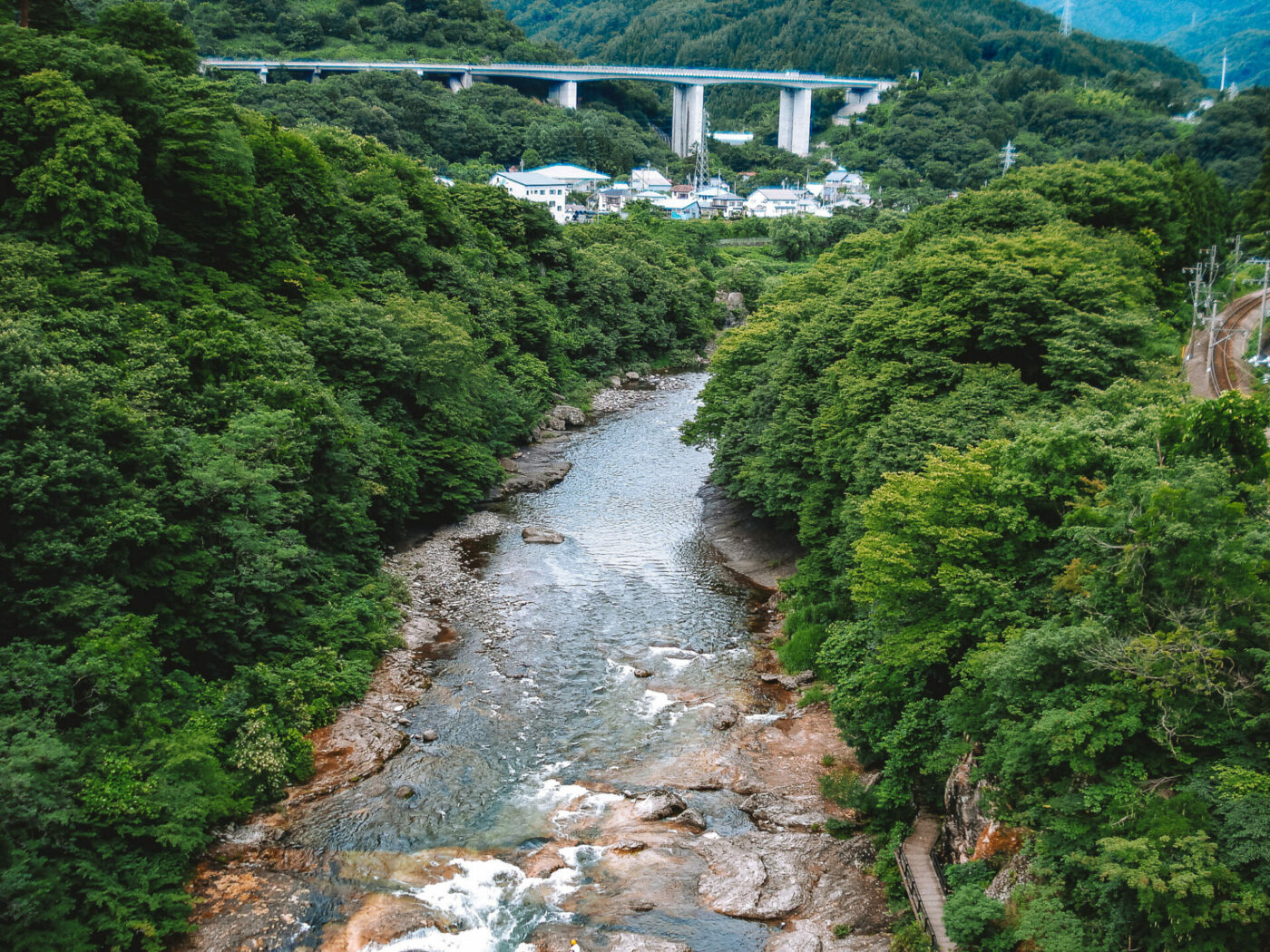
12. Understand Japanese Food
Along with the unique and quirky Japanese culture, you’ll find that food and drink in Japan are quite different from elsewhere in Asia. There are lots of unique experiences when it comes to food in Japan, so we recommend learning more about Japanese food and embracing unique food experiences with each and every opportunity.
Must-Have Dining Experiences
There are plenty of unique dining experiences to have during your trip to Japan. Try to have time for a traditional tea ceremony and kaiseki or a traditional multi-course Japanese dinner in Kyoto, head for a sake tasting in downtown Tokyo or visit one of the themed cafes in Tokyo, and try proper Kobe beef in Osaka.

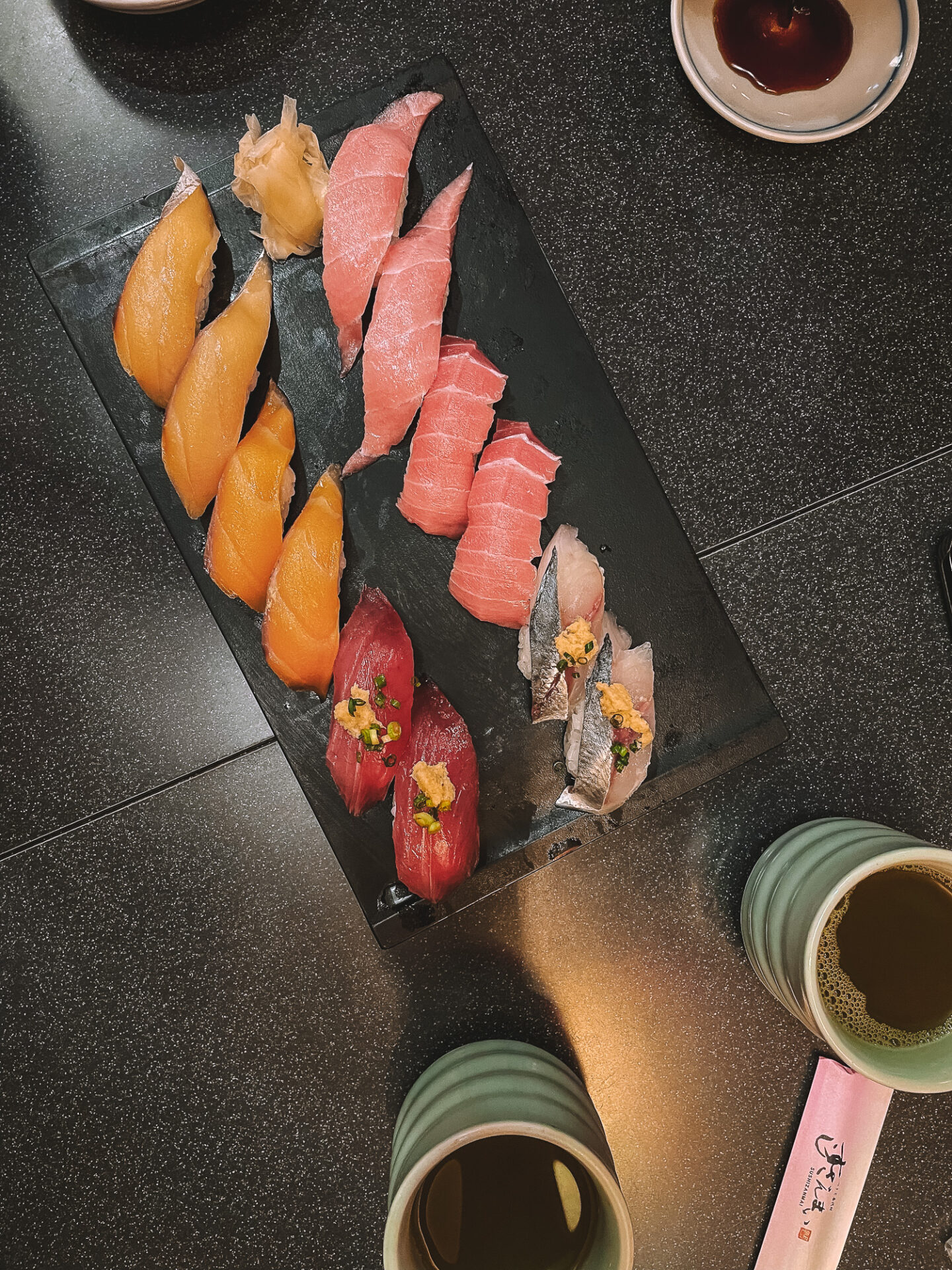
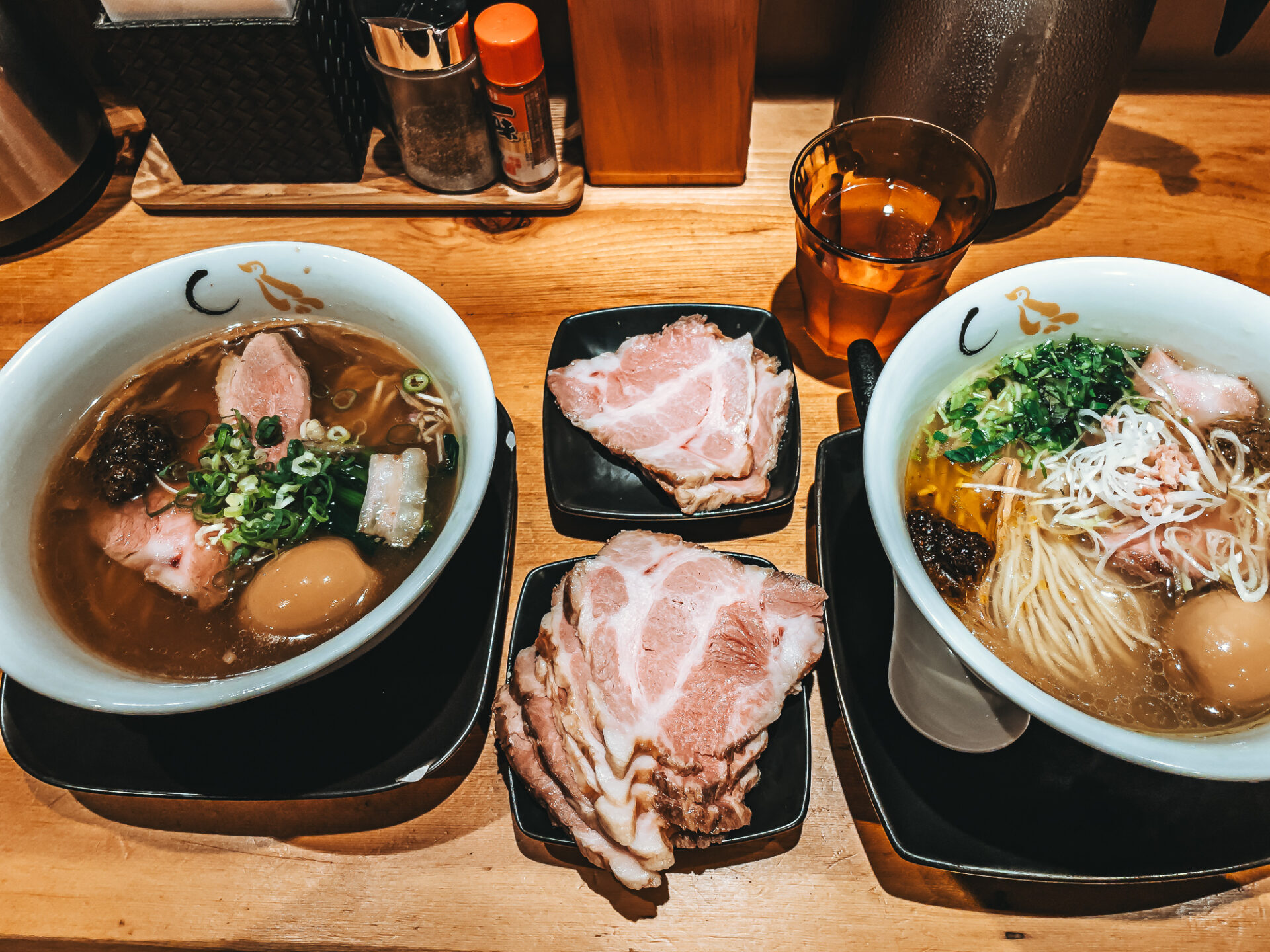
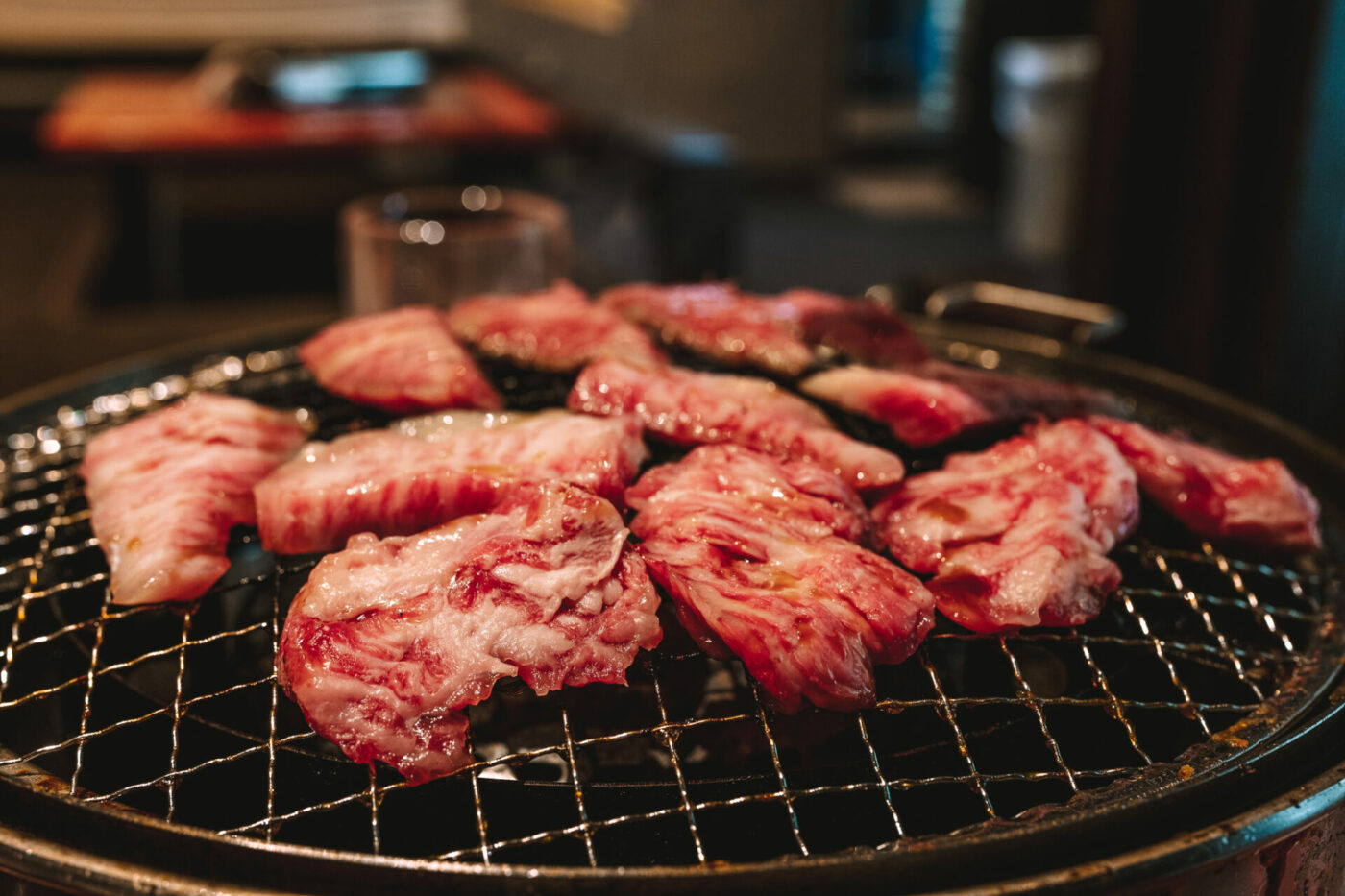
READ NEXT: 15 Best Japanese Food to Try
Convenience Stores and Vending Machines
Quick eats or takeaway food is wildly popular in Japan. Despite it being rude to walk and eat, grabbing food to eat later is very common.
You’ll find a convenience store around every corner, with a great selection of prepared food, including salads, sandwiches and baked goods. The food can be quite tasty and is ideal for budget travellers, as you can eat a meal for just a few dollars. 7-Eleven, Family Mart, Lawson’s, and a number of other convenience store brands are plentiful in every city town and can be found even in small villages. Many of them are open 24/7.
Another quick-eat option is to grab food from vending machines. You can purchase snacks and drinks directly from the machines and take them to go. Some small restaurants also operate vending machine ordering systems to speed up the ordering and payment process and reduce staff costs. You can order your meal from a machine and have the meal delivered to you to your table within minutes.
Deciphering Menus
It can be difficult to understand menus in Japan, especially since smaller restaurants often do not have an English menu. Don’t shy away from these spots; instead, use the camera option in Google Translate on your phone to scan the menu. You’ll get a translated menu and be able to order the dishes by simply pointing.
In major tourist attractions and train stations, you’ll also find many restaurants with plastic food displays. You can see exactly what your order will look like and be able to order by pointing to the dish.
Vending machines offer another alternative to ordering without any Japanese. Vending machines typically include pictures of the menu, making it easier to select the dish you want.
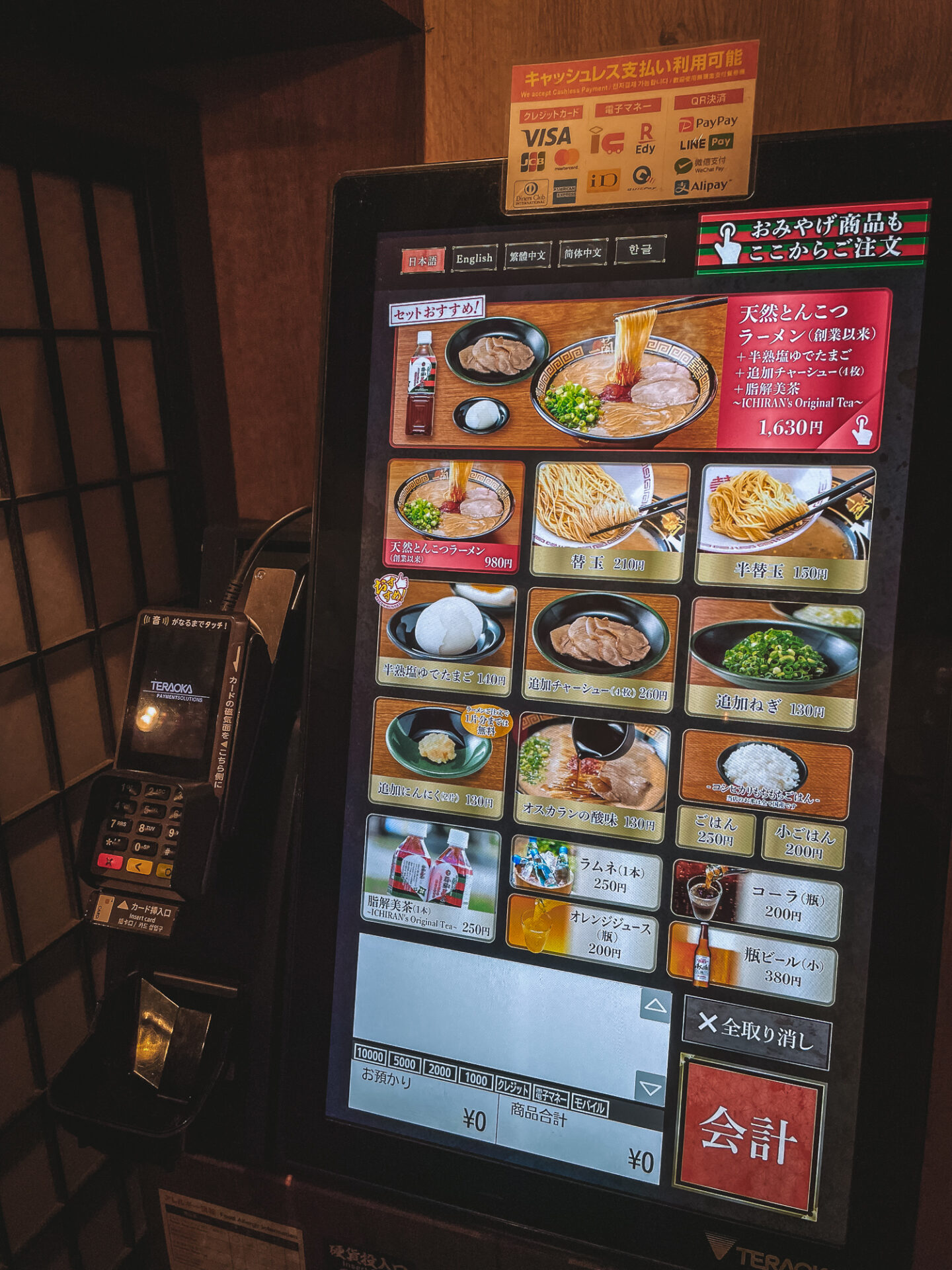
Food Allergies and Dietary Restrictions
While travellers with food allergies or restrictions might assume Japan would be difficult to navigate, you’ll be surprised to find that’s untrue. You can eat really well in Japan on a range of dietary restrictions, and locals are generally happy to accommodate you as long as you explain what you can’t have and use translation cards outlining your allergies.
For example, Tokyo is filled with wonderful gluten-free and Celiac-friendly cafes and restaurants serving everything from gluten-free sushi to gluten-free pancakes.
Vegan and vegetarian options are also becoming more popular in the major cities, with lots of traditional meals now offering tofu options to replace meat or seafood. An app like Happy Cow is a great tool to have for any vegetarian/vegan travelling to Japan.
13. Understand Japanese Toilets
Using a Japanese public toilet is an experience all in itself. Matching the futuristic style of the cities, toilets in Japan are very advanced, with many buttons and functions on offer.
The very basic ones have a built-in bidet with water for washing your front and back. some more luxury varieties also have music for privacy, air dryers, seat heaters and more. Don’t be afraid to play around with the buttons. And if you find buttons not labelled in English, Google Translate comes in handy.
14. Onsen Etiquette
Staying at an onsen hotel is one of the best experiences when visiting Japan. Taking in the beautiful surroundings while relaxing in a natural hot spring is an integral part of Japanese culture and has been enjoyed for centuries for its therapeutic properties.
However, following onsen etiquette is essential while visiting a shared bath house, so be sure to familiarise yourself with some basic tips before you go. Onsen bathing is typically done in gender-specific baths, with men and women bathing in separate baths.
The only way to experience an onsen is in the nude. So know that bathing with clothes on, even with a bathing suit, is a big NO-NO.
Take a shower to cleanse yourself before bathing, then use a small towel to cover your privates (if you wish) on the walk from the showers to the bath. Do not immerse the small towel in the bath – you can keep it on your head or on the side of the tub. Keep your bath to 10-15 minutes, and get out to cool off if you feel lightheaded or dehydrated.
If you are bathing with companions, you can chat, but be considerate of other guests and keep the noise level down. Diving, splashing, and swimming are prohibited in the onsen. Photography isn’t allowed in most onsens either.
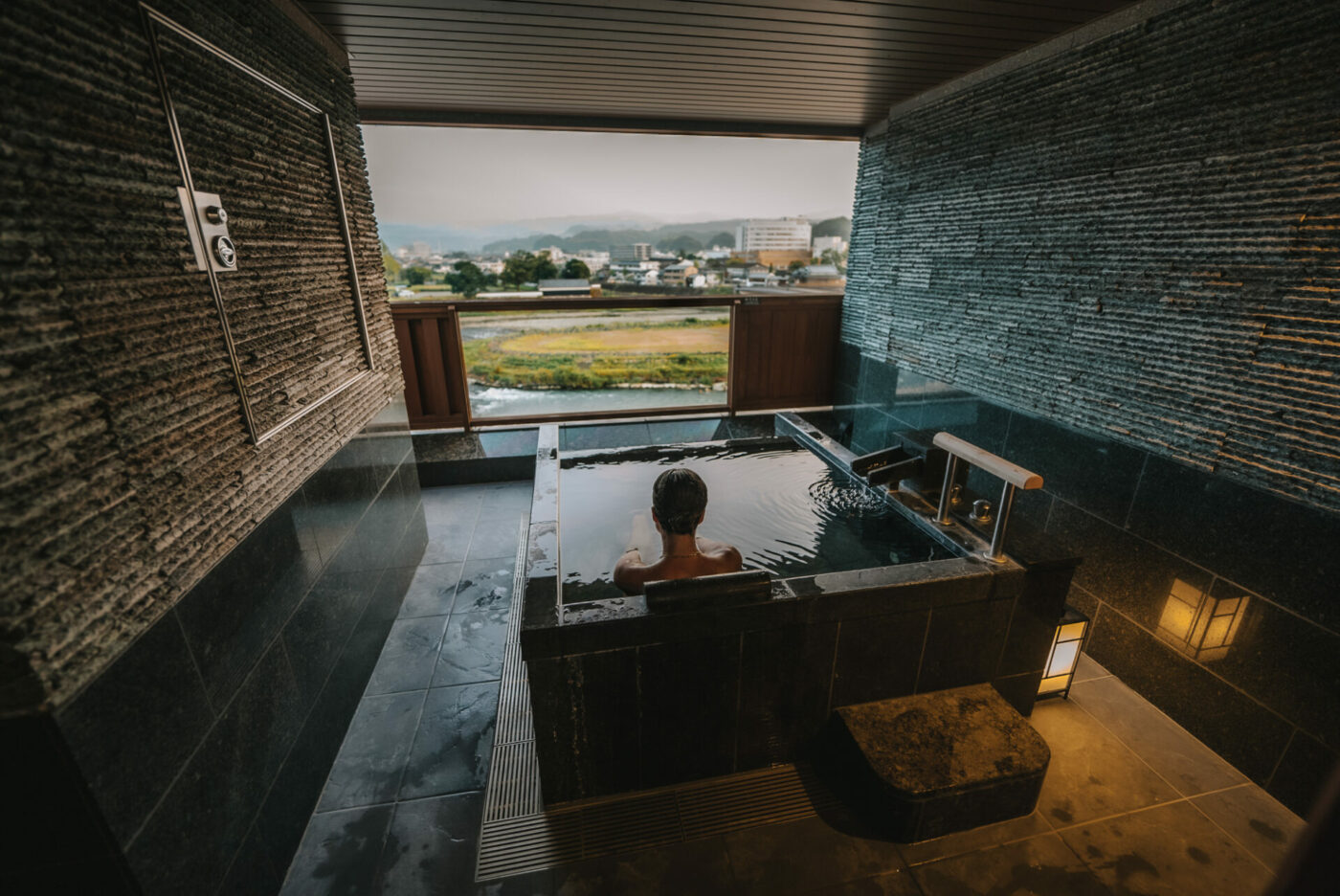
15. Safety in Japan
Japan is considered one of the safest countries in the world. There’s very little you have to worry about while visiting Japan, as any sort of crime rate is quite low. The only exception might be pickpockets in crowded places, although even that is extremely rare. Still, it’s better to keep your hands and eyes on your valuables whenever travelling.
Conclusion
There might be a lot to remember when it comes to cultural etiquette and Japan travel tips, from using the bullet trains to soaking in a traditional onsen. Japan is a completely different cultural experience from any other country in Asia and, even more so, in the world.
However, this is what makes the country so unique, so embrace the oddities and the quirkiness and really immerse yourself in the culture. While you might make some mistakes with the etiquette along the way, it’s all part of visiting Japan for the first time.

